
Adin Ross: Why did pro streamer lose his Kick verification mark?
Kick decided to take action by removing its verification mark from Adin Ross' second Twitter account while his main account remains verified
2023-06-10 13:28

MTC Technologies harnesses Adtran’s broadband platform to expand Gigabit FTTH services
MEDIAPOLIS, Iowa--(BUSINESS WIRE)--Jul 25, 2023--
2023-07-25 20:20
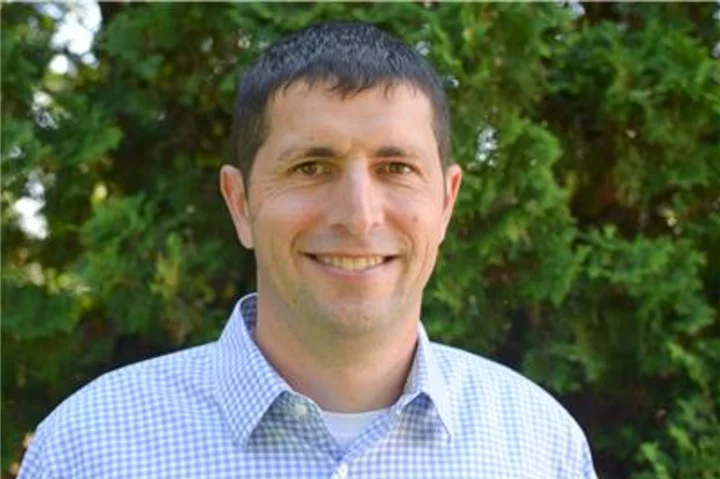
Savvy Advisors Inc. Continues Recruiting Spree, Welcomes Frank Remund to Growing Team of Advisors
NEW YORK--(BUSINESS WIRE)--Sep 7, 2023--
2023-09-07 22:22

Bitcoin saved from dismal August by landmark Grayscale ruling
By Tom Wilson LONDON (Reuters) -Bitcoin's gains from a U.S. court ruling that bolsters future prospects for retail investor-friendly funds
2023-08-30 01:46

Elon Musk Goes Silent on Twitter After Arriving In China
Elon Musk, a prolific presence on Twitter and owner of the social media platform, hasn’t tweeted since arriving
2023-06-01 11:47

XEV Unveils Latest YOYO Model at IAA Mobility, Set to be Available in Q4
MUNICH, Germany--(BUSINESS WIRE)--Sep 5, 2023--
2023-09-05 20:49
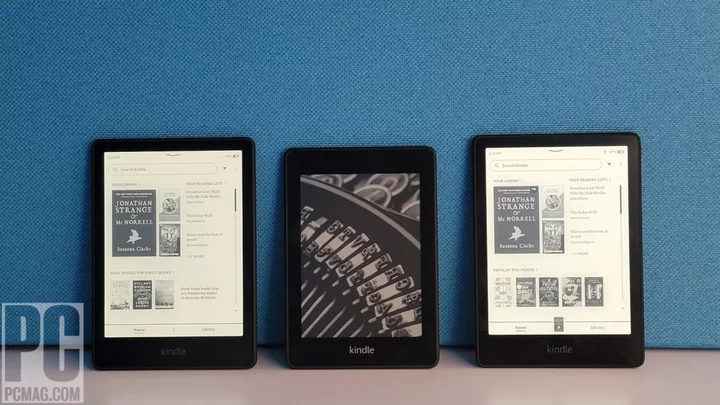
The Best eReaders for 2023
Step away from the monitor and give your eyes a rest. Ebook readers, also called
2023-06-30 10:28

Mint Review
For years, Mint was the personal finance app to beat. It gives you a deep
2023-08-09 02:16

Microsoft searching for solutions over UK block on Activision deal -president
By Paul Sandle LONDON (Reuters) -The president of Microsoft said he was looking for solutions to try to get British
2023-06-06 19:15

Crypto Laws Needed to Secure UK’s Position as Global Leader
The UK must develop laws that govern cryptoassets to ensure the country becomes a global hub for cryptocurrencies
2023-06-28 09:15
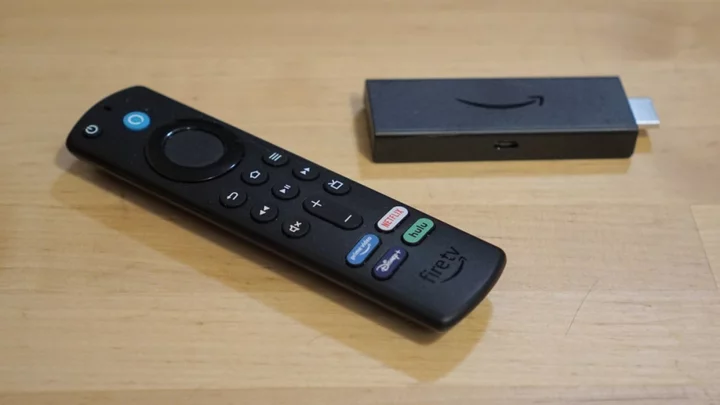
Amazon Fire TV Stick With Alexa Voice Remote (3rd Gen) Review
Editors' Note: This is the most recent version of the Amazon Fire TV Stick With
2023-06-23 00:28

Logitech Named Google Cloud DEI Partner of the Year in North America
LAUSANNE, Switzerland & SAN JOSE, Calif.--(BUSINESS WIRE)--Aug 29, 2023--
2023-08-29 23:16
You Might Like...

FF16 Motion Blur Patch Release Date
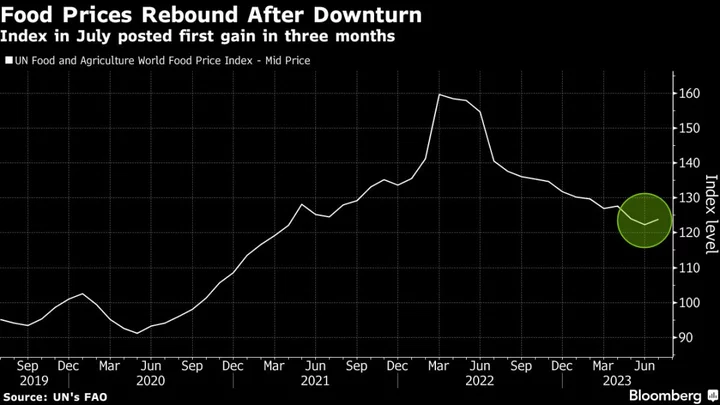
World’s Top Food Producers Push Back on EU Deforestation Rules

Starfield Preload Dates and Times

Digitize the past with this Kodak scanner, on sale for $180

Wheels Launches Operations in Malta Backed by Local Partner

Final Fantasy 16 DLC Plans: Rumors, Release Date
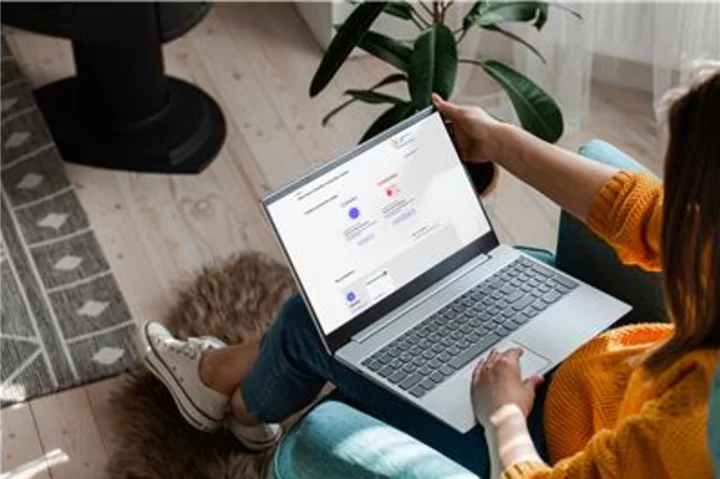
McAfee Launches Privacy & Identity Guard in Staples Stores Nationwide, Helping Americans Take Control of Their Personal Data Online
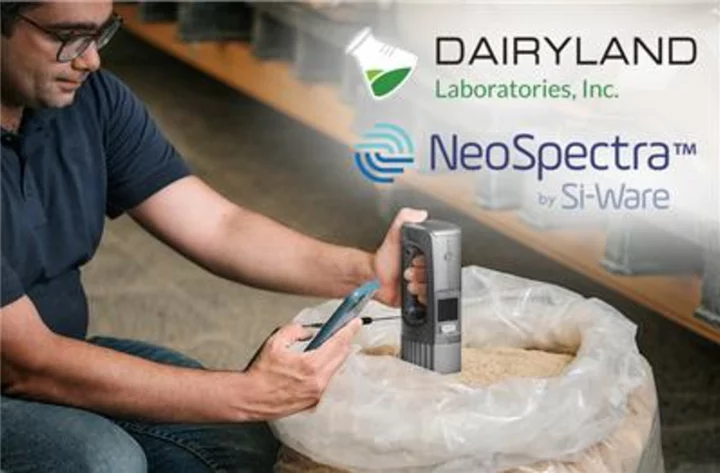
Si-Ware Systems and Dairyland Laboratories Join Forces to Provide Holistic End-to-End Analytical Solution to Feed Mills
